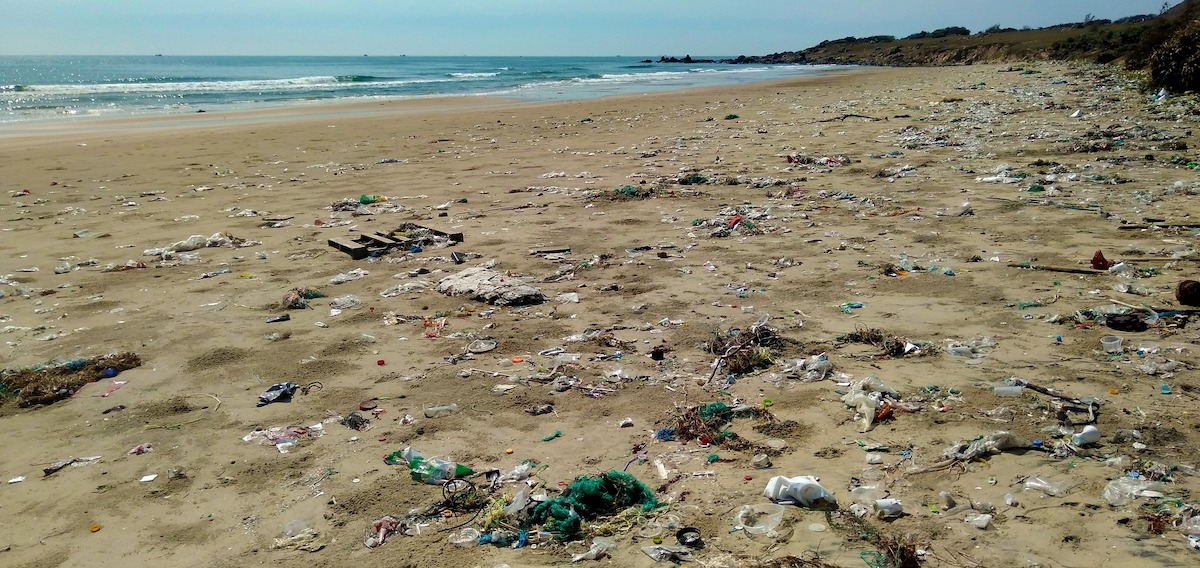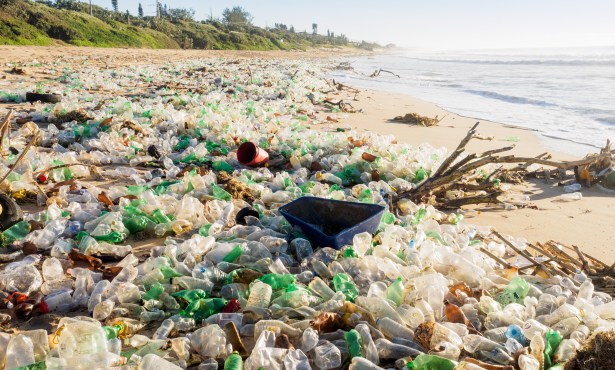Europe Is Serious About Dealing with Plastic Waste
Placing Responsibility on Producers for Their Plastic Waste Is Yielding Results

In the natural world, every bit of waste is a food or input for another creature or process. Contrast that with plastics in our society. Almost all our plastics litter, pollute, and harm creatures and habitats.
Starting a few years ago, the European Union (EU) launched major efforts to handle the 28 million tons of plastic waste it generates annually. Its approach is to create a circular plastics regime. The EU is already driving investments and innovations toward circular solutions in many sectors of its economy, lessening their carbon footprint and, according to experts, making them increasingly competitive worldwide. A circular economy is one in which products and materials are kept in use along their entire life, from design and manufacture to reuse or recycling — much like with natural systems. Europe’s closed-loop plastics system means every product will be designed and made so that it and its components will be used for as long as possible, repaired or refurbished if broken, and recycled into secondary raw materials multiple times without losing quality.
Plastics is big business, employing 1.5 million people in Europe and generating $410 billion in 2019. By pushing money and innovation into the design, use, and recyclability of plastic products, the EU was able to set industry-wide targets: All plastic packaging in the EU market must be recyclable by 2030. Starting this year, companies will no longer be allowed to dump plastic waste on poorer countries. The EU has just this year banned the sale of 10 plastic products — those that most commonly litter its beaches and shores, including cutlery, straws, plates and Styrofoam food and beverage containers. By 2030, there will be a total ban on throwaway plastics, a comprehensive reuse system for all other plastics, and a large and potentially lucrative continental market for recycled plastics.
Perhaps the most powerful aspect of the EU’s plastics strategy is creating producer responsibility. Any company introducing packaging or packaged goods will be responsible for the full cost of the collection, transportation, and recycling of its products. In essence, the polluter pays. Extended producer responsibility is already widespread in Northern and Central Europe. For example, German companies are paying $1.75 billion in fees annually to finance the transport, sorting, and recycling of their plastic waste end-materials. Since January this year, plastic producers in Europe now pay $940 per ton for non-recycled plastic waste. Producer responsibility is leading to the redesign of products with circularity in mind. Already, plastic recycling has soared to three times what it is in the U.S.
The EU’s strategy for plastics will help it reach its ambitious climate target: cutting greenhouse gas emissions (GHG) 55 percent below 1990 levels by 2030. Reducing oil-based plastics production is projected to shave 3.4 million tons of CO2 from their carbon footprint. Imagine the impact on climate change if producer responsibility were applied to GHG emissions.
Support the Santa Barbara Independent through a long-term or a single contribution.



